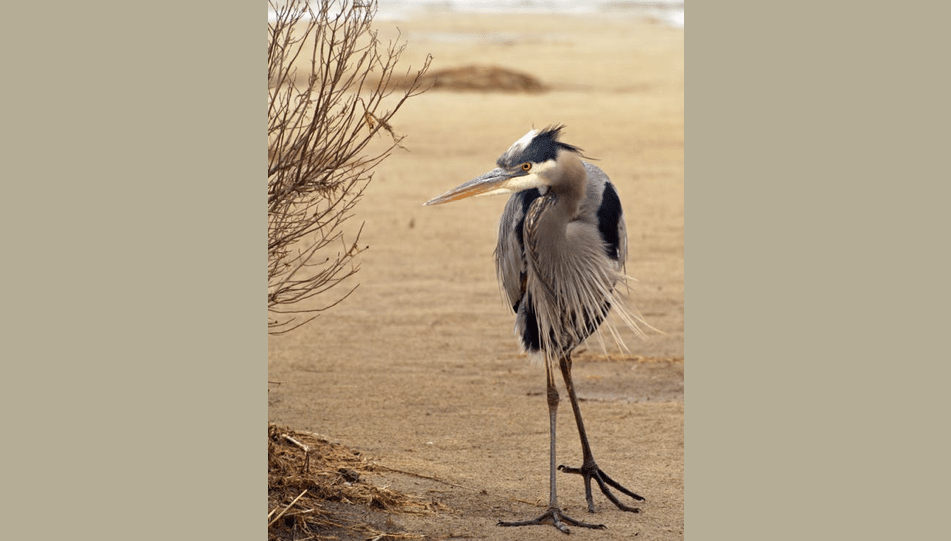Get to the point
In my business writing class in B-school, I learned to be succinct, concise and make my point quickly. Unlike the meandering essays of my earlier college days, business writing was about producing summaries in a page or less for executives to skim. In a time-pressed business environment, being able to boil a complex issue down to a half page, or even a paragraph, was a critically important skill.
It still is. But it’s only half the picture. Because critical insights without a story can fall flat.
A condensed, reasoned argument appeals to our intellect, but if we want our message to stick we’d better bring in some emotion. Stories that can give meaning to a fact or help us picture an issue compliment our terse communications by helping listeners viscerally imagine, feel and sense the merits of a recommended decision or path. It’s almost impossible to do that in an executive summary.
As Brené Brown once wrote: “Stories are just data with a soul.”

Stories give readers a portal to their imaginations, where they can picture a proposed scenario or discover for themselves the context for a recommended action.
How much is too long
Sometimes a story can take too long to tell, or put on paper. But how much is too long.
When I taught small business marketing, I used this adage: “Q: When is your marketing too expensive?” “A: When it doesn’t work.” The same could be said for business writing. If the words behind your message are few, but they don’t move your audience, it’s too long. If you take more words to tell a story and your message has impact, the length is probably just right.
I remember sitting at a women’s leadership conference watching the high-energy opening speaker on stage. She moved across the stage with passion and conviction, championing new approaches to leadership to a tribe of bright-eyed, already convinced, audience members. Yet after about ten minutes of listening to her, the bright eyes of audience members started to dull and their enthusiasm waned. Why? She was speaking in platitudes without telling stories. By the time she hit the twenty minute mark, audience members were looking at their phones, continuing to smile pleasantly, and tuning out.
The ever-popular message to presenters: “Tell them what you’re going to tell them, tell them, and tell them what you told them?” is all tell, tell, tell. What about helping them feel? Why not paint a picture of that future for people that helps them care?
Here’s the challenge for people like me. We have to balance our left-brain analytic skills with a new set of awarenesses. To effectively create stories, we need to nurture a more right-brain kind of intelligence that thrives on images, sensory awareness and imagination. We have to smell the roses in our imaginations before we can invite our listeners to do the same.
How to create a story that captivates
Many of the story-telling techniques used in branding are message-based. You start with a concept and then map out your story. But my colleague, master story-coach and storyteller Doug Lipman sees it differently. Story, he says, starts with an image. A specific image from a specific moment helps you to remember and recreate a scene for an audience.
By making a connection with an imaginal world, storytellers invite listeners to join them in an experience that can lead to a message.
Building our image gathering awareness
Trouble is, some of us, like me, are occasionally crippled by our desire to be concise. We may blitz over the intriguing details in a scene that would help bring to life a story we want to create. How often I have wished I were a better observer! For the sake of story, I’m practicing remedial remembering, trying to recount what I was seeing, tasting, feeling, hearing, touching, etc. at a particular moment.
I am trying to pause more to notice the small vignettes taking place all around me, from the garden to a client office. Just today on the island, the hummingbird made a loud swooshing sound as he dive bombed into the water coming out of my hose in the garden. The six foot oriental lilies, now towering in the flower bed, have a sweet, hypnotic fragrance. I swam by a great blue heron fishing on the dock of a local park, testing how near I could come to him. He watched me out of his little yellow O shaped eyes while continuing to stretch his neck towards the buffet of small fish in the water below. Finally, tired of my presence, he sauntered to the end of the dock, and with a great swoop lifted himself into the sky.
None of these little vignettes are stories. But noticing them helps me rebuild my capacity to use my senses and remember my memories. When I craft a story to bring data or a finding to life, I will be better tuned to describe a moment and help listeners enter my world and hear my message.
Maybe that’s something you’d like to try: stop, feel, notice, and imagine the world around you as if it was a scene that you could someday paint for another. It will only enrich your stories to come.










